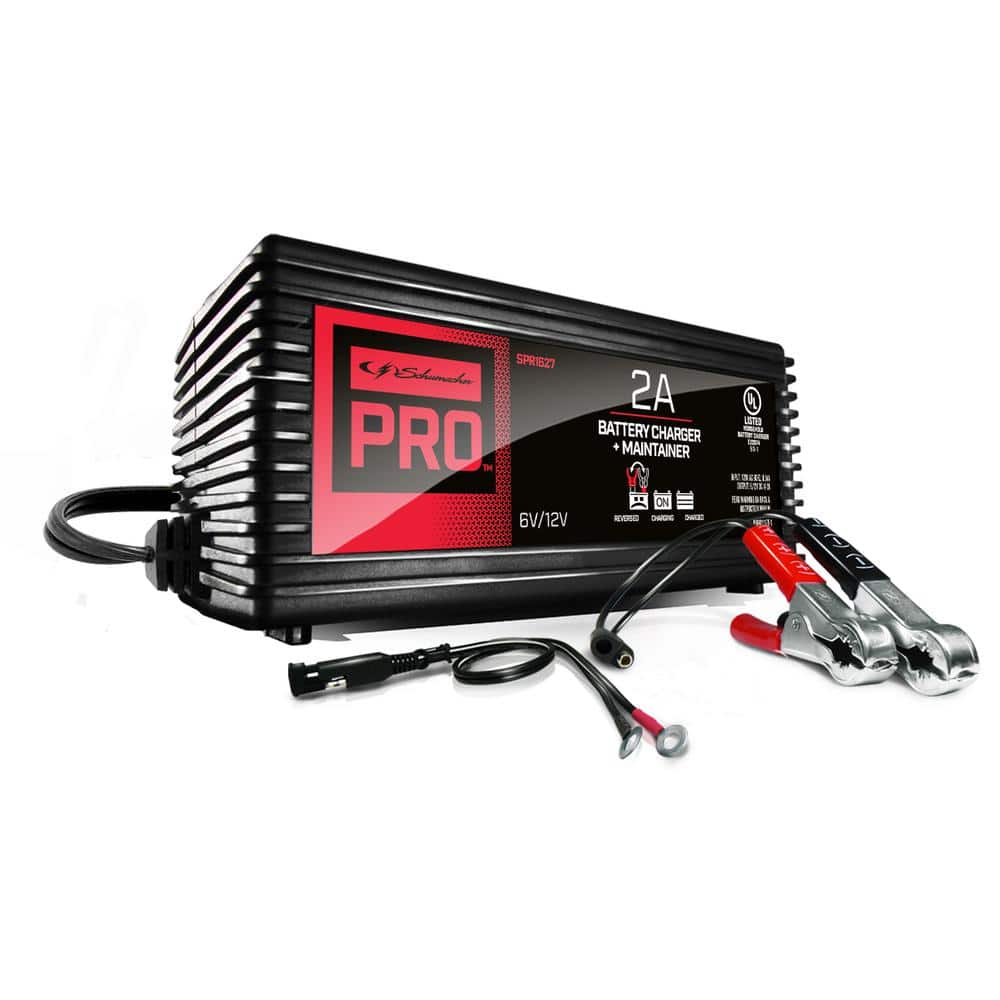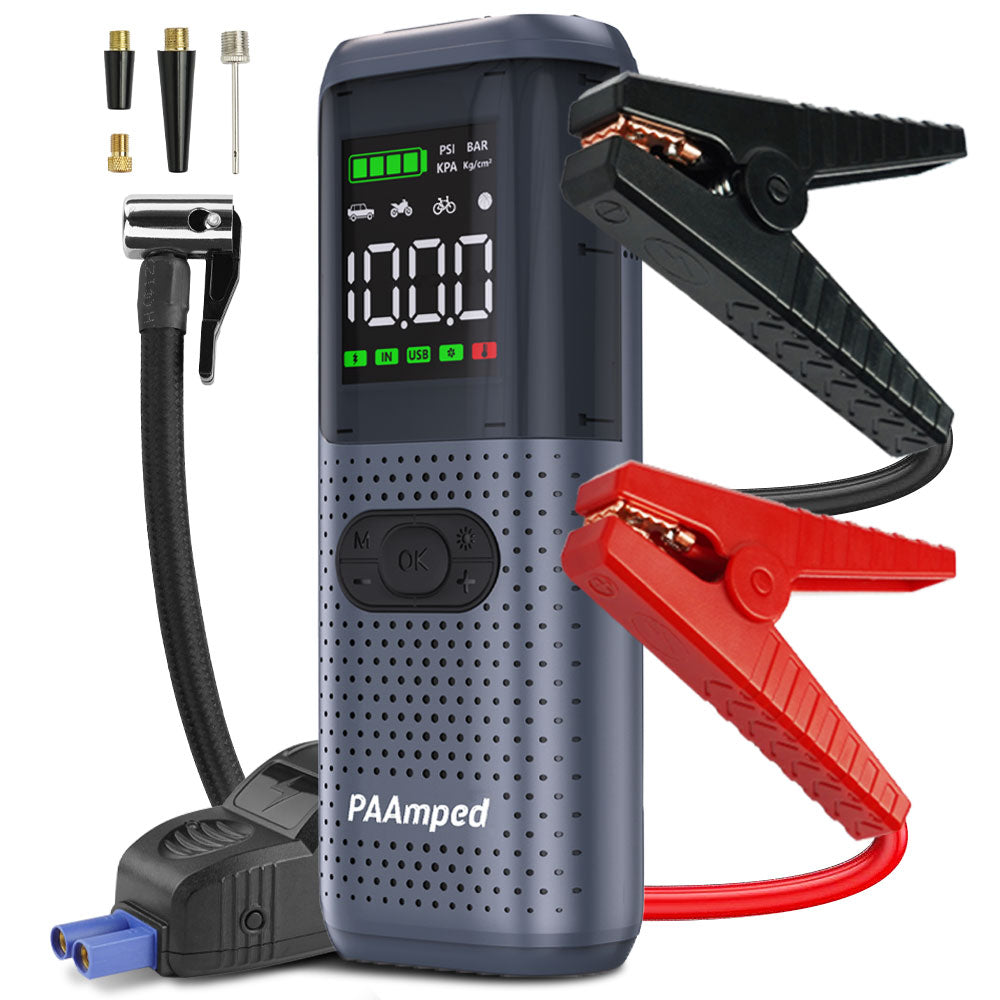When it comes to car maintenance, keeping the battery in good shape is vital. A dead battery can leave you stranded, impacting your daily life. To avoid such scenarios, having a reliable car battery charger is essential. In this article, we will explore the different types of car battery chargers available, how they work, and crucial tips for usage and maintenance.

Types of Car Battery Chargers
Understanding the types of car battery chargers can help you choose the right one for your needs. There are several popular categories. Each type offers unique benefits and features.
1. Traditional Battery Chargers
Traditional chargers are straightforward devices that connect directly to your car battery. They usually feature basic electrical components. These chargers may take longer to charge a battery compared to their modern counterparts. However, they are often more affordable. Many car owners still prefer them for their simplicity.
Using a traditional charger often requires you to monitor the charging process. You must unplug the device once the battery reaches full capacity. This can save the battery from overcharging. However, the downside is that you need to be present while charging the battery. If you have time to spare, traditional chargers can be a good option.
2. Smart Battery Chargers
Smart battery chargers are a step up from traditional versions. These chargers come equipped with advanced technology. They can automatically detect the battery’s charge level. Once plugged in, they can adjust the charging speed based on this information. This feature prevents overcharging, which is a common concern with traditional chargers.
Using a smart charger usually means you can set it and forget it. Many models come with LED indicators that show the charging status. Some even have features that can repair minor damages to the battery. This type of charger is suitable for busy individuals who prefer convenience.
3. Solar Battery Chargers
Solar battery chargers harness the power of sunlight to charge your car battery. They are eco-friendly and portable, making them great for outdoor enthusiasts. You can easily carry a solar charger when camping or during road trips. Although they usually charge slower than traditional chargers, their convenience is unmatched.
To use a solar charger, you must place it in direct sunlight. The solar panels convert sunlight into electricity and then charge the battery. Many models come with battery clips for easy attachment. This makes them versatile for various battery types. They are perfect for those who spend a lot of time outdoors.
4. Jump Starters with Charger Functions
Jump starters are handy devices designed to give your car a boost. They often have built-in battery chargers. Jump starters can jump-start a car without the need for another vehicle. This makes them invaluable in emergencies.
Many modern jump starters also include USB ports. This allows you to charge other devices, such as smartphones or tablets. Their compact size makes them easy to store in your vehicle. Always keep a jump starter in your car for peace of mind.
How Do Car Battery Chargers Work?
Understanding how car battery chargers work can help you use them effectively. The basic principle involves transferring electrical energy from a power source to the car battery. Let’s dive deeper into the process.
Charging Process
When you connect a charger to your car battery, it allows electrical current to flow into the battery cells. The charger converts AC (alternating current) into DC (direct current). This conversion occurs within the charger itself. The DC current then replenishes the battery’s stored energy.
The internal impedance of the battery affects how quickly it charges. Batteries with a higher state of discharge typically accept more charge initially. As the battery fills up, the acceptance slows down until it eventually reaches a full charge.
Monitoring and Adjustment
Smart chargers have a built-in feature that continuously monitors the battery. They can detect when the battery is full and automatically stop charging. This technology is useful for preventing overcharging. Smart chargers can also adjust their output to ensure the battery receives an optimal charge.
Most traditional chargers do not have this feature. To avoid overcharging, you will need to monitor the charging process manually. This involves checking the charger periodically and disconnecting it once the battery is full.
Safety Features
Safety is a significant factor when dealing with car batteries. Many modern chargers come with built-in safety features. These include fuses to prevent overheating and reverse polarity alerts to avoid damaging the battery.
Before using any charger, read the manufacturer’s instructions. Follow all safety precautions to protect yourself and your battery. Always ensure your charger is in good working condition before use.
Choosing the Right Charger
Selecting the right car battery charger can feel overwhelming, given the variety of options available. To simplify your decision, consider several factors. Your needs and specific circumstances will guide you toward the best choice.
Battery Type
The type of battery in your car significantly impacts your charger choice. Most modern vehicles utilize lead-acid batteries. However, some newer models use lithium-ion batteries. Each battery type may require different charging methods. Ensure your charger is compatible with your battery type before making a purchase.
Charging Speed
Consider the speed at which you need your battery charged. If you require a fast solution, look for chargers with higher amperage. However, keep in mind that fast charging can cause heat buildup, which may damage the battery over time. If you plan to leave your car for long periods, a slower charger may be more appropriate, as it provides a gentler charge.
Portability
For those who travel a lot, portability may be essential. Look for compact chargers that are easy to store and carry. Jump starters typically offer excellent portability and additional functionality. Always consider where you plan to keep your charger when not in use.
Price and Quality
While it might be tempting to choose the cheapest option, consider investing in a quality charger that meets your needs. Higher-priced chargers often come with better features and longer lifespans. Research brand reputation and read reviews from other users. This will help you make a well-informed decision.
Tips for Using a Car Battery Charger
Once you have selected a car battery charger, it’s essential to use it correctly. This will ensure not only the safety of both you and your battery but also optimal performance from your charger. Here are some helpful tips.
Read the Manual
Before you start using your car battery charger, take the time to read the manual. It contains important information specific to your model. Understanding the features and safety guidelines will help you avoid any potential issues.
Charge in a Well-Ventilated Area
Always charge your car battery in a well-ventilated area. Charging can produce harmful gases, especially with lead-acid batteries. Proper ventilation minimizes the risk of accumulating dangerous fumes.
Use the Correct Settings
If you are using a smart charger, ensure you have selected the appropriate settings for your car battery. Many chargers come with options for various battery types. Make sure you select the one that matches your battery for optimal performance.
Anyone Can Do It
Most people think charging a car battery is a complicated task. In reality, it is relatively simple. By following the instructions and taking the necessary precautions, anyone can charge a car battery without issues.
Regular Maintenance
Frequent maintenance can extend the life of your charger and battery. Check cables and connections for any wear or damage. Clean any corrosion from battery terminals. Regular attention to these details will keep your equipment functioning well for years to come.
Common Mistakes to Avoid
While using a car battery charger may seem straightforward, several common mistakes can occur. Being aware of these pitfalls can help you avoid problems. Here are some common errors to steer clear of.
Overcharging the Battery
One of the most significant mistakes is overcharging the battery. This can lead to reduced battery life and even damage your car’s electrical system. Always use a smart charger or manually monitor your charging progress to prevent overcharging.
Ignoring Safety Precautions
Neglecting safety precautions can lead to dire consequences. Always wear safety goggles and gloves when working with batteries. Also, avoid smoking or using open flames around your battery, as it may release explosive gases.
Mixing Battery Types
Always use a charger that is compatible with your battery type. Mixing battery types or using an incompatible charger can lead to overheating or even battery damage. Ensure you stick with one type of battery and charger combo.
Neglecting the Charger
Many people fail to maintain their battery chargers over time. Like the battery itself, your charger requires care and attention. Keep it clean and check for any signs of damage regularly. Store it properly in a dry location when not in use.
Maintaining Your Car Battery and Charger
Once you’ve invested in a car battery charger, maintaining both the charger and battery becomes essential. Regular maintenance extends their lifespan and ensures efficient performance. Here are some tips to keep everything running smoothly.
Cleaning the Battery Terminals
Corroded battery terminals can hinder performance. Every few months, check the terminals for signs of corrosion. If you find any, clean them using a mixture of baking soda and water. This simple yet effective remedy can restore optimal conductivity.
Monitoring Battery Health
Keep an eye on the battery’s overall condition. If the battery is overly discolored or leaking, it may be time for a replacement. You can also have the battery tested at an auto parts store. They often offer free testing services to help identify any issues.
Regular Charger Check-ups
Inspect your battery charger periodically for any wear or damage. Look for frayed wires or damaged connectors. Replacing these components can prevent further issues and extend the life of your charger.
Storing the Charger Correctly
When not in use, store your charger in a cool, dry place. Avoid storing it in areas with high humidity or extreme temperatures. Proper storage will keep your charger functioning well and reduce wear and tear.
Be Aware of Battery Lifespan
Car batteries usually last between three to five years, depending on make and model. Be aware of the age of your battery. If your battery often struggles to hold a charge, a replacement may be necessary.
Conclusion
Understanding the essential aspects of car battery chargers is crucial for all car owners. This knowledge can keep you from being stranded with a dead battery and prolong the lifespan of your vehicle’s battery. Whether you opt for a traditional charger, a smart model, or a solar-powered option, the right choice can make all the difference.
Remember to use your charger carefully and follow safety precautions. Regular maintenance will extend the life of both your battery and charger. By being vigilant and informed, you can ensure that your car remains in top shape. Happy driving!


